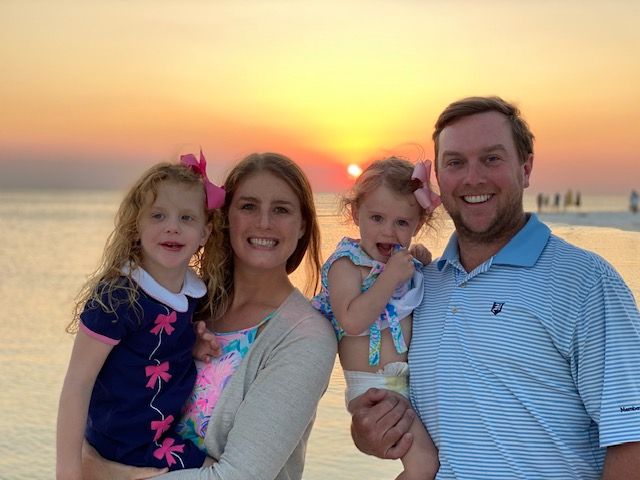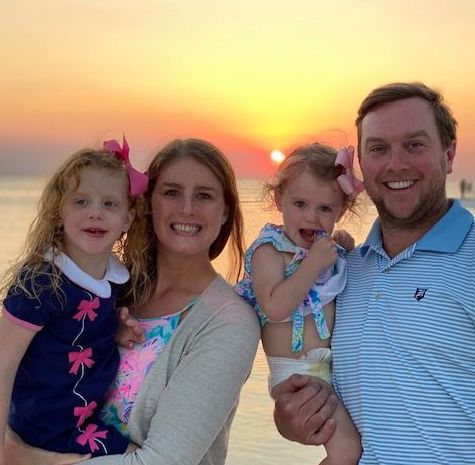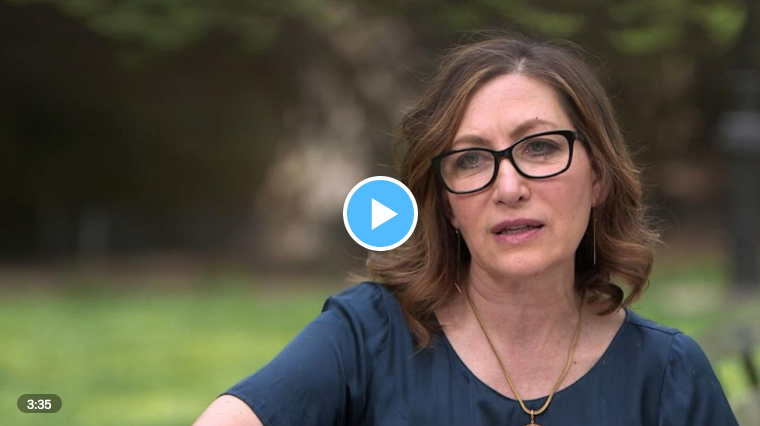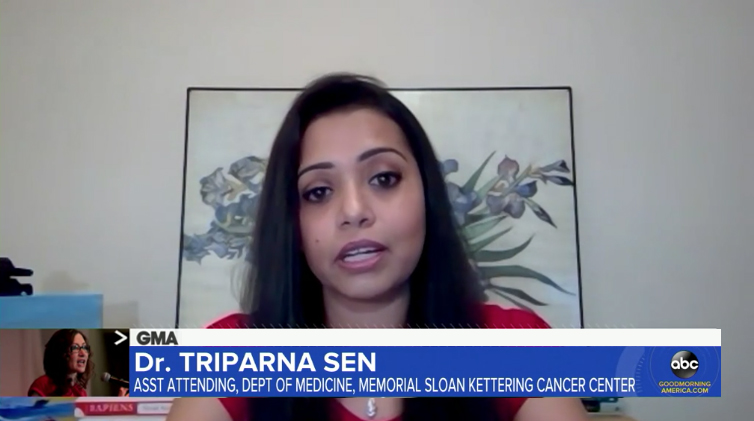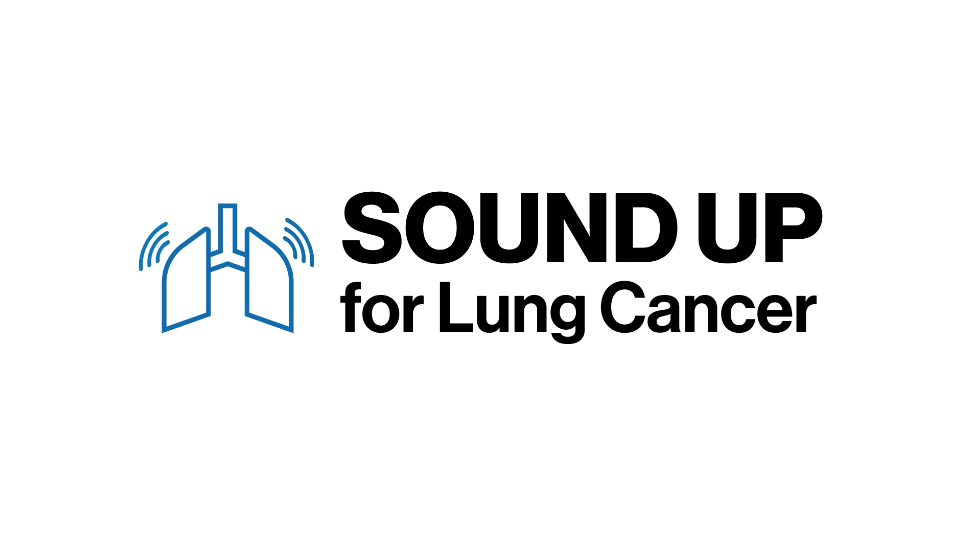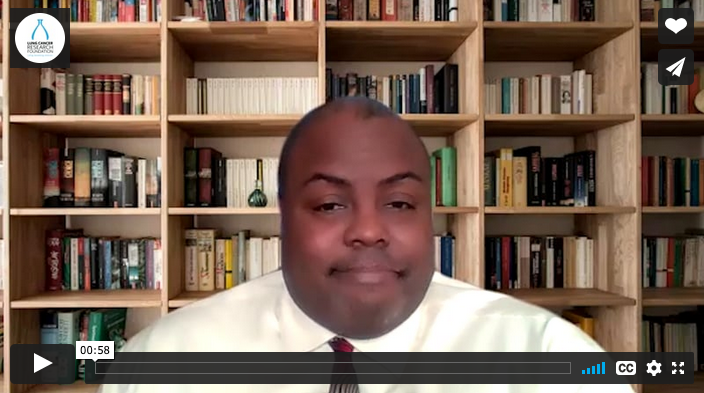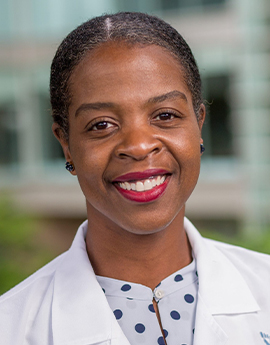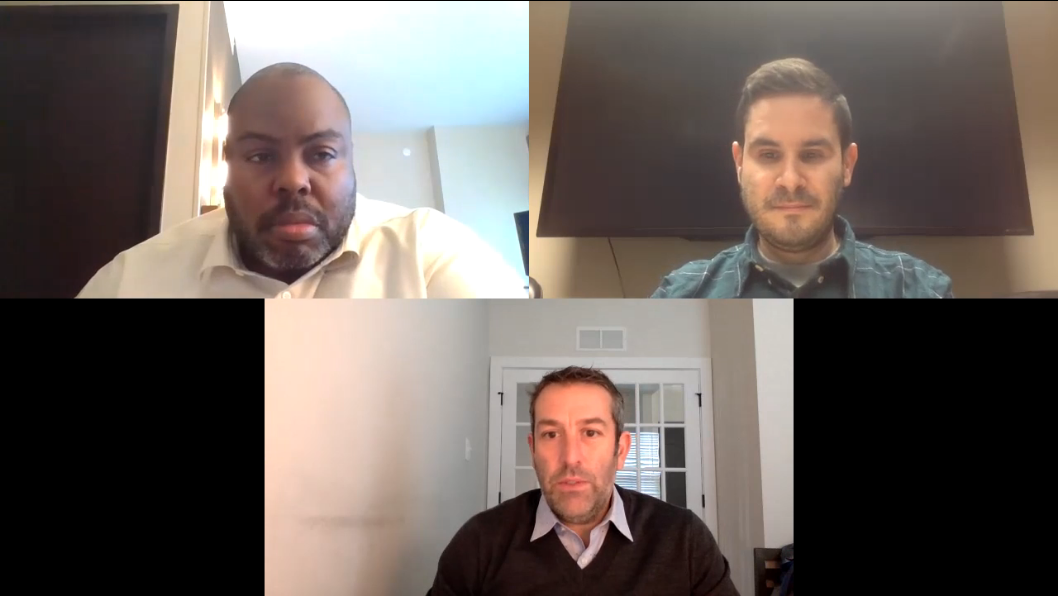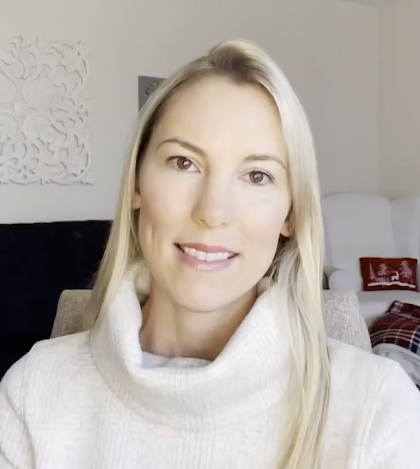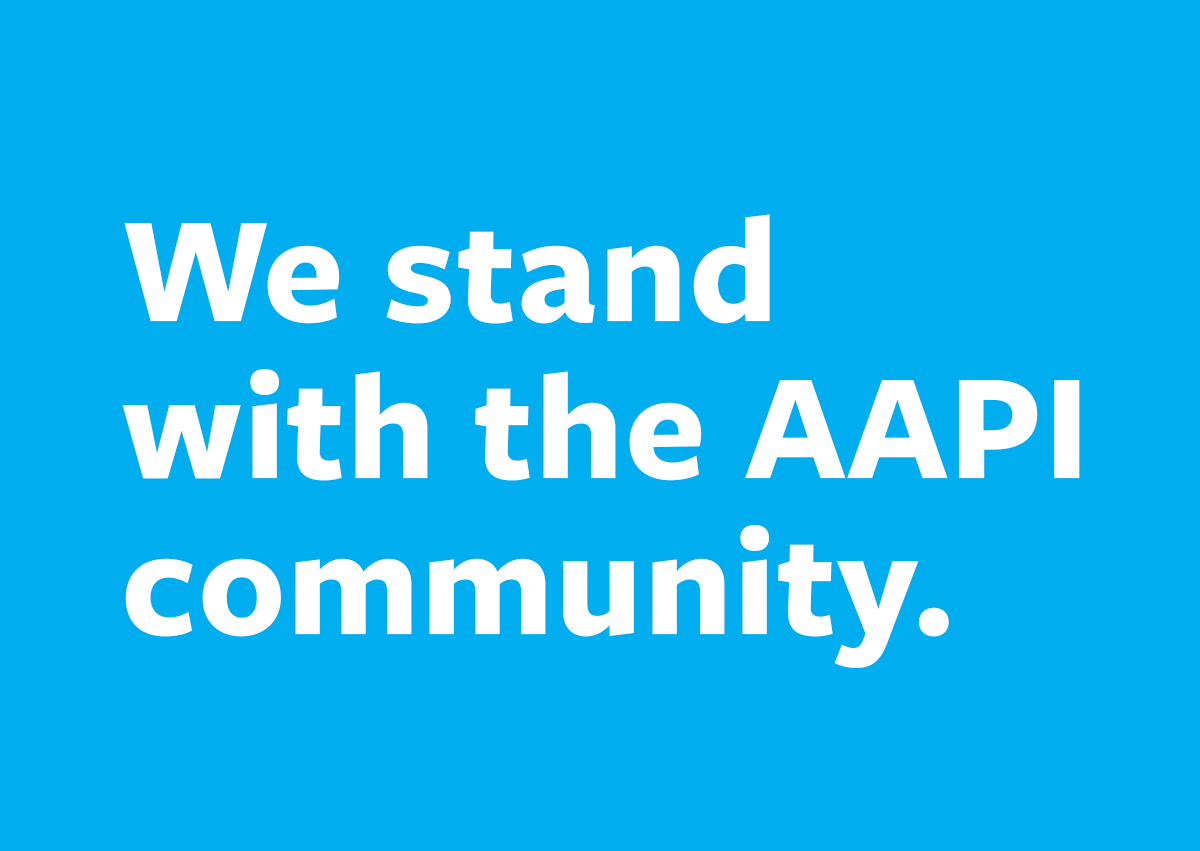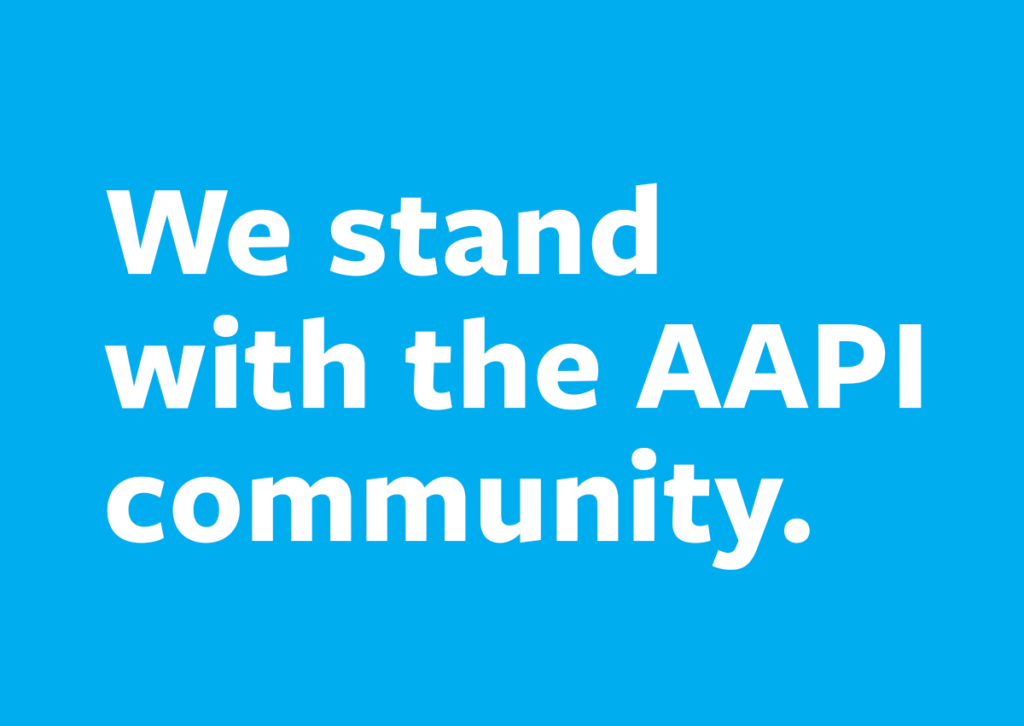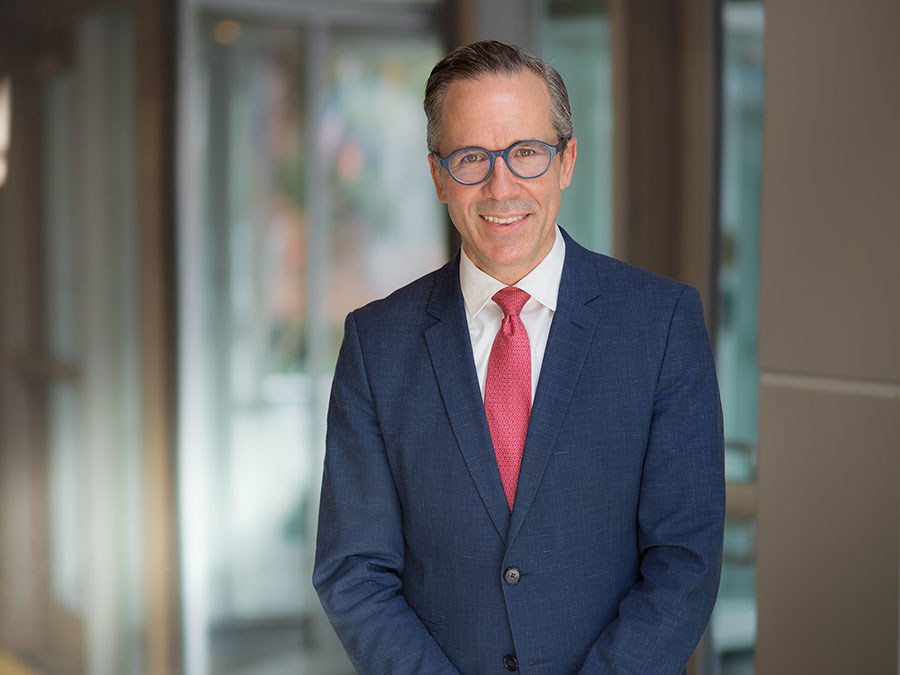Cancer Discovery recently published findings on a new therapeutic target in lung squamous cell carcinoma – results from a project funded by a LCRF research grant.
Eugene Manley, PhD, Director of Scientific Programs for LCRF, sat down with John Brognard, PhD, an Earl Stadtman Investigator at the NCI/CCR (Center for Cancer Research) and his Postdoctoral Fellow and lead author, Pedro Torres-Ayuso, PhD, to discuss the study and its expected impact.
TNIK is a therapeutic target in lung squamous cell carcinoma, the second most common type of non-small cell lung cancer (NSCLC) which accounts for 30% of all NSCLC cases1. Despite extensive genomic characterization, no targeted therapies are approved for this type of cancer. Dr. Brognard’s lab identified the protein kinase TNIK – amplified in about half of squamous cell lung carcinoma cases – as a therapeutic target. They showed that inhibiting TNIK reduces growth and increases antitumor activity, which supports targeting TNIK as a potential therapeutic strategy in lung squamous cell carcinoma.
In the following clip, Dr. Manley (top left) asks Dr. Brognard (bottom) and Dr. Torres-Ayuso (top right) about the discovery’s impact for patients. Read the transcript of the full interview below.
1 Perez-Moreno P et al., 2012
Dr. Eugene Manley:
Good afternoon. I’m, Eugene Manley, Director of Scientific Programs at the Lung Cancer Research Foundation. Today, we have Dr. John Brognard and his postdoc, Pedro Torres at the National Cancer Institute and the Center for Cancer Research. Dr. Brognard is an Earl Stadtman early investigator, and today we’re going to talk to them about their recently published paper and Cancer Discovery, which identifies a new target for squamous cell lung carcinoma. With that, we will start by first asking Dr. Torres to please tell us your role at the NCI. And then we’ll let Dr. Brognard tell us his role at the NCI.
Dr. Pedro Torres-Ayuso:
Yeah, thanks, Eugene, for the introduction and the opportunity to be here today. So, my role at the NCI is to be a postdoctoral fellow, and I am currently towards the last stages of my training period.
Dr. Manley:
Thank you. And Dr. Brognard?
Dr. John Brognard:
Yes. I’d also like to thank you, Eugene, for this opportunity to share our research. My position at the National Cancer Institute is that I’m a principal investigator. I head up a medium-sized lab where we’re really focused in on identifying novel therapeutic targets for squamous cell carcinomas or cancers of unmet need. We really focus in on lung squamous cell carcinomas and head and neck squamous cell carcinomas.
Dr. Manley:
Thank you. And Dr. Torres, could you please tell us a little more about your background – how you became interested in science, and then how this led you to studying lung cancer?
Dr. Torres-Ayuso:
I became interested in science, probably like many scientists, when I was a kid – I think I was driven by curiosity. And then I decided to train in biology in my home country in Spain. And that was also when I developed an interest towards cancer biology, as well as the study of cell signaling: to understand how cells communicate with each other and how this communication becomes aberrant in cancer processes. So, in order to increase further my knowledge in this area, I took my PhD, also in my home country. And also I studied a family of lipid kinases in colorectal and breast cancer. When I was coming towards the end of grad school, I decided to take a further step and move into more translational research. And because I was studying cancer, lung cancer completely became a topic of interest. Perhaps I was more surprised with other tumors, there have been significant advances; whereas for lung cancer, despite it was and it is, unfortunately still the most prevalent tumor worldwide. The advancements in therapeutics have been very minimal for most of the types. So that’s why I decided to switch into lung cancer.
Dr. Manley:
Okay, thank you. And with that switch to lung cancer, what led you to Dr. Brognard’s lab group?
Dr. Torres-Ayuso:
So, as I said, I was taking my PhD mainly in signal transduction, and I was very familiar with the work that John had conducted before because I was studying signaling pathways that John had studied completely, AKT and PKC. When I started to look for labs for my post-doctoral training, I saw that John had his lab in the Cancer Research UK Manchester Institute, and I was really impressed by the line of research he was conducting. That was to implement a functional genomics approach to translate all the genomic data we have for patients and especially those with cancers of unmet need. How we can translate this knowledge into the development of therapeutics. And I also thought that I could put my knowledge in signal transaction and complement his lab. So that’s how I identified him. Then at the time, I also identified his lab. He didn’t have an open position, so I decided to contact him. I sent my package and then later on, I got funding from a foundation in my home country and was able to join his lab.
Dr. Manley:
That brings me to Dr. Brognard. Could you please give us your science synopsis, and your interest in lung cancer and how your career has evolved?
Dr. Brognard:
I think mine is a little bit more of a direct path to lung cancer. So, I witnessed my grandfather, who had lung cancer which ultimately ended his life, really suffer from the disease – and the therapies almost were worse than the disease. At a young age, I was really impacted by cancer and lung cancer specifically. When I first joined a lab at the National Cancer Institute, I joined the lab of Phil Dennis and his lab was really focused at an early stage at identifying novel therapeutic targets and developing new therapies to treat lung cancer patients. Since then, that’s really been a core aspect of my research and what really drives me. When I started my lab at Cancer Research UK, that was really the focus. We were looking at genetic drivers of lung cancer. We identified several drivers of lung adenocarcinoma, but the drivers occurred a really low frequency. What we then wanted to do was take a more broad approach to identify a wider range of patients that could respond to a potential targeted therapy. And this is what we think we’ve found in TNIK, so that’s kind of a long answer. But that’s really what has driven me, and my background that led me into lung cancer research.
Dr. Manley:
Since you mentioned TNIK, you just had a recent paper published in Cancer Discovery. Could you please elaborate on the specific title of the paper, what TNIK is, and how it’s important to squamous cell lung carcinoma?
Dr. Brognard:
We’ve identified TNIK as a novel therapeutic target among lung squamous cell carcinomas, and this is through activation of the FAK kinase. And this is through a mechanism dependent upon Merlin false correlation. In this paper, we’ve identified that this 3q amplicon is a prevalent event in 50% of lung squamous cell carcinoma patients. But the big challenge is to try to identify the genes that are really essential for driving lung cancer and can represent new targets. And this is where we identify TNIK, which is an enzyme which has high levels of expression as being essential for maintaining lung cancer cell survival. And when you inactivate that driver, it really would result in loss of tumor progression and a decrease in tumor size, and particularly in these patient-derived xenograft studies that we’ve worked with.
Dr. Manley:
What month did the manuscript officially get published?
Dr. Brognard:
So right now, it’s actually in print. It’s on press at Cancer Discovery – we don’t have the official publication date yet, but it’s soon to be officially published, and you can access it online.
Dr. Manley:
What was the most challenging part of this project? And how did you work to identify or overcome it?
Dr. Torres-Ayuso:
There were definitely several challenging parts. One, John said was to identify which is the relevant gene or genes within this amplicant that can be driving cancer. In my opinion, the most challenging actually was not only identifying the driver in this systemic; but also to know how TNIK is actually contributing to lung squamous cell carcinoma to understand the mechanisms and the biology behind TNIK in lung squamous cell carcinoma. In order to address that, the approach we took was multidisciplinary. We just needed to use several techniques to identify this pathway John was describing before. So we identified Merlin as a novel TNIK substrate and in the article, we also described that TNIK is regulating focal adhesion kinase in a Merlin-dependent manner, as well as another oncogene, including the JAK transcription factor.
Dr. Manley:
In your paper, if I remember correctly, you did a lot of in vitro and in vivo screens, and then you did work on patient-derived xenografts. So, let’s project forward. What kind of impact do you think this will have for patients in the clinic suffering from squamous cell lung carcinoma? Or do you think there’s a path forward, or maybe a way forward to create some kind of targeted therapy that can be used in the clinic?
Dr. Brognard:
Yes, I would say most definitely. So just for a little background, lung squamous cell carcinoma constitutes 25% of all lung cancers. For these patients, they have no therapies, really, at all, for the treatment of their cancer. It’s unlike lung adenocarcinoma, where a lot of the patients are able to benefit from targeted therapies. We do think we have a small molecule that turns off this activated oncogene, and we would like to see that developed further and go forward as a new treatment option for patients in the clinic. We might need to generate new compounds that have a greater potency towards the target we’ve identified, and so this is the first step. We do think this can definitely translate into a new therapy to treat lung squamous cell carcinoma patients in the clinic.
Dr. Manley
So, as we mentioned, patient outcomes and potential: Do you think this has the ability to lead into other precision medicine initiatives, which can help inform treatment and decision and diagnosis guidelines?
Dr. Brognard:
Yes, definitely. For these patients that have this 3q amplicon, this would serve as a biomarker, so they have amplified TNIK. There’s other genes on there that can also be detected, and then only those patients would be treated with the TNIK inhibitor. Because there’s a strong correlation between amplification of the gene and response to the TNIK inhibitors, it’s not absolute. Some of the lung squamous cell carcinoma patients still had amplified TNIK even without this genetic alteration. But for the most part, you can say when you have that genetic alteration, this can serve as a biomarker for treatment with this precision therapy.
Dr. Manley:
Now, we have the paper that’s in press. What are the next steps for Pedro and your group?
Dr. Torres-Ayuso:
Yeah, so my plan right now is to start my lab, so I would be applying for faculty positions next fall. I think this was just the beginning of our approach or contribution to lung cancer. Definitely in the future, I would like to study better ways to target TNIK, developing new compounds or new approaches to target TNIK. Also, I would like to understand better in the biology if there are additional mechanisms through which TNIK is being a driver in lung squamous cell carcinoma, and probably not only lung squamous cell carcinoma. Lastly, I also would like to test if TNIK can be a therapeutic target in other tumors that have a similar genetic makeup to lung squamous cell carcinomas like, for example, head and neck, epithelial, squamous cell carcinomas, etc.
Dr. Manley:
Thank you. Following up, this grant – your initial grant – was funded in part by LCRF, Dr. Brognard. How did you discover the LCRF and its grant programs? And then, in addition to that, how has this impacted your career and led to additional funding – if it has?
Dr. Brognard:
Yes, it definitely has. I knew of the LCRF when I was in the United States. When I was at the Salk Institute I became aware of some different foundations that were funding this type of cancer research. Then when I moved over to Cancer Research UK and Manchester, England, I was still aware of this program and they allowed it as a mechanism to fund lung cancer research that does not occur in the US. This was really great for me. I was able to secure a grant from the LCRF, which was extremely beneficial to this research and then also super beneficial for me as I moved back to the National Cancer Institute, as it allowed me to demonstrate that I was able to receive funding from a US lung cancer research foundation or organization. It was beneficial for driving the research forward; it was an invaluable resource. We’re super grateful to the Lung Cancer Research Foundation for their support of this research that we really hope translates to new therapies for the patients.
Dr. Manley:
Thank you so much, and we may have circled this question before, but I want to give you a chance to highlight any impact you think TNIK, and maybe future types of therapies in this realm, would have for these patients suffering from this carcinoma.
Dr. Brognard:
Again, these patients don’t have much. They still rely on chemotherapy. There is a monoclonal antibody targeting EGFR and some patients respond to that, but very few, and some aren’t really responding to the immunotherapies, either. So these patients are really desperate for new therapies, and that’s what we’re trying to do – improve quality of life and decrease suffering for the patients. And that’s our overall goal. We think TNIK inhibitors can really have an opportunity to do that. We study other drivers in the lab that we also think we have an opportunity to do that in use with combination therapies or different ways to develop molecules to target these enzymes. For example, in the lab, we develop degraders as opposed to just catalytic enzymes to really target these, and we think these have promise as new therapies for these patients as well.
Dr. Manley:
Great, great stuff. I know we’re getting close to the end of our interview time. But I wanted to ask, is there anything else either of you would like to share with us?
Dr. Brognard:
I would just like to thank the Lung Cancer Research Foundation again for their support. It was vital in our studies, and we’re just really grateful for their support. And we hope this does lead to something that will really benefit the patients.
Dr. Torres-Ayuso:
Yeah, I would like to echo John. Definitely very thankful to the foundation for supporting our research. I hope our studies can definitely help to improve lung squamous cell carcinoma patients’ lives and maybe provide better outcomes for this disease.
Dr. Manley:
Our thanks to both of you for taking the time to chat with us today about your publication. Hopefully, it will help patients that are suffering from this disease and lead to future therapies that can show up in the clinic.
